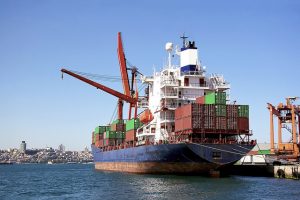This article was originally published on April 10, 2017 in Global Trade Magazine

By Mike Meierkort, president, International Freight and Transportation solutions, Livingston International
On April 1, while many Americans were indulging in the levity of practical jokes, a major milestone was taking place in the world of global trade that likely went unnoticed by the vast majority of business owners.
That milestone was the initiation of a new set of alliances among ocean carriers that was coordinated in the aftermath of the high-profile Hanjin bankruptcy in October 2016, and in response to dwindling global trade activity that has prohibited many carriers from being able to fill their ships’ capacity.
The new regime will see the world’s ocean carriers organized into three key alliances, each of which will have a stronger or lighter presence on international waterways than they had previously. For example, the Wall Street Journal reports that 2M (an alliance consisting of Maersk and MSC) will have a far heavier presence in Europe-Asia where it will hold 34 percent of the market, versus North America-Asia where it will hold only 17 percent of the market.
These alliances will be critical to American businesses, particularly those in consumer goods. Container shipping moves the vast majority of the world’s manufactured goods and does so through increasingly larger vessels being unloaded at international ports.
While the new alliances could eventually lead to greater predictability for shippers and perhaps more consistent pricing, the short term is likely to be a period of disruption as carriers and ports find their footings in the new world order of global ocean freight.